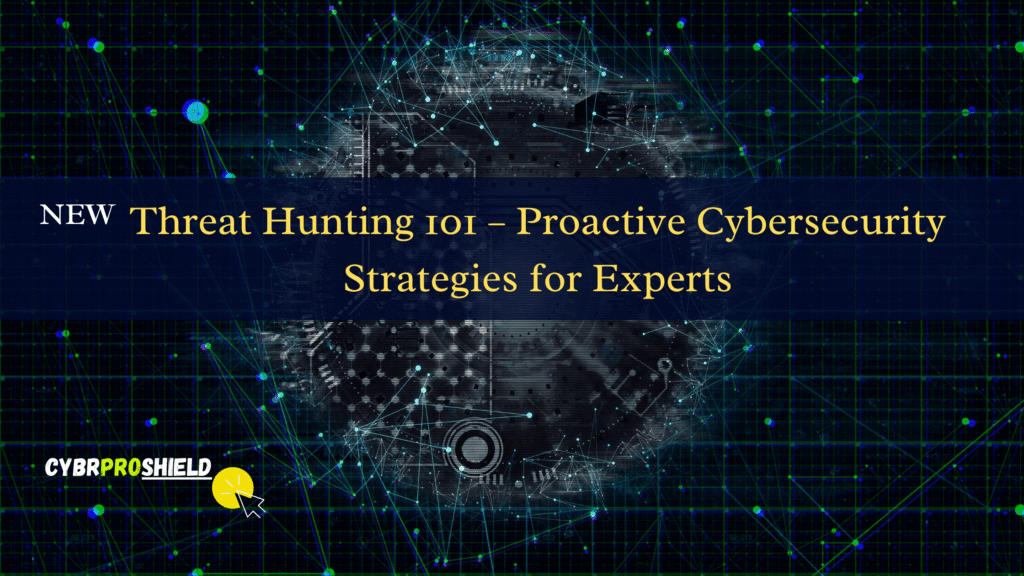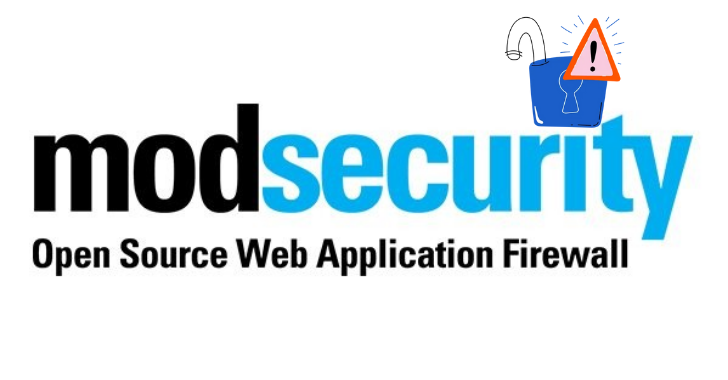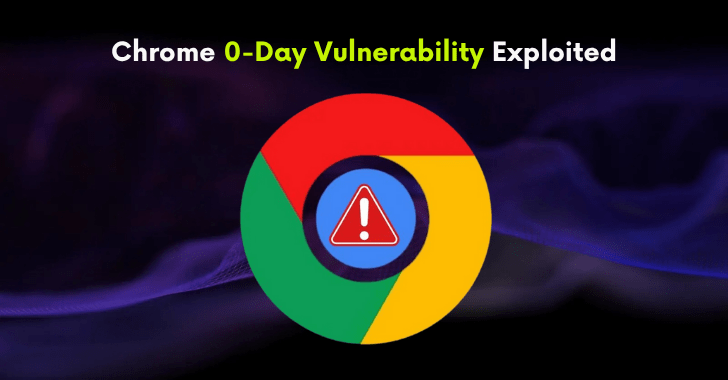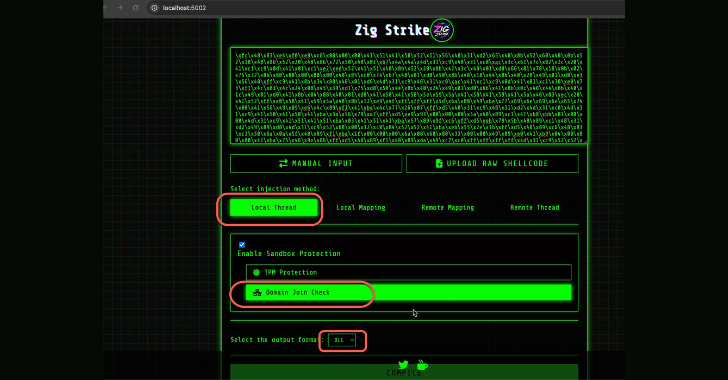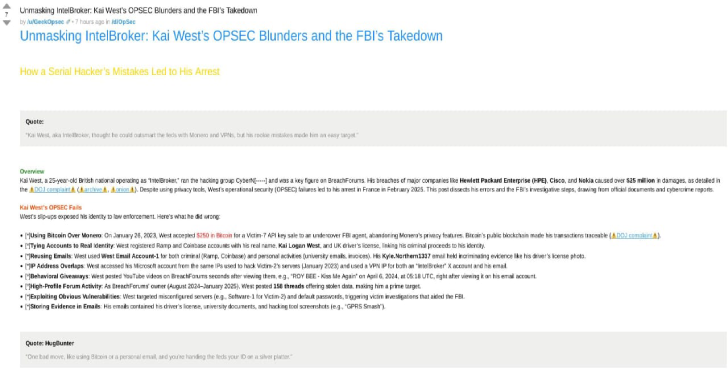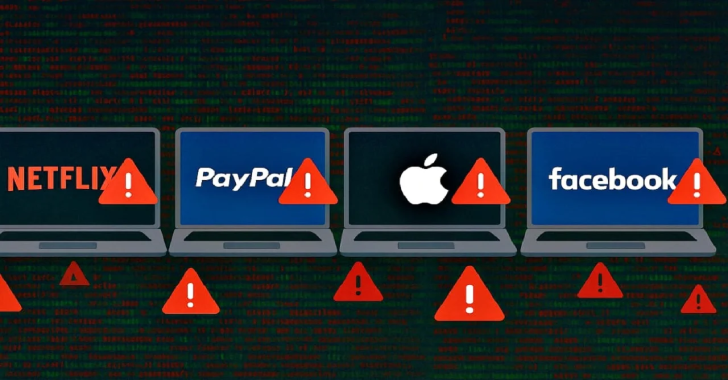In the ever-evolving landscape of digital security, reactive defense is no longer enough. Modern adversaries don’t knock they slip through the cracks unnoticed, hiding in encrypted traffic, posing as legitimate users, and exploiting zero-day vulnerabilities. This is why threat hunting has become a cornerstone of modern cybersecurity strategy. For the professionals on the frontlines, it’s not just about detection it’s about proactive defense, rapid response, and adversary disruption.
Welcome to CyberProShield, your stronghold for advanced cybersecurity knowledge. In this deep dive, we explore what threat hunting truly means, how it’s reshaping digital defense, and why your organization must embrace it to stay ahead of threats.
What is Threat Hunting in Cybersecurity?
Threat hunting is a proactive cybersecurity technique used to detect and isolate threats that evade traditional security tools. Unlike reactive systems that wait for alerts to trigger a response, threat hunting involves actively searching for indicators of compromise (IoCs), anomalous behavior, and patterns that suggest malicious activity before any harm is done.
Rather than relying solely on antivirus, firewalls, or intrusion detection systems (IDS), threat hunters utilize advanced behavioral analytics, threat intelligence, and human intuition to uncover stealthy threats buried deep within an organization’s digital ecosystem.
Why Threat Hunting Matters More Than Ever
Cyber threats are no longer simple viruses or spam emails. Today’s attackers are highly organized, well-funded, and constantly innovating. Advanced Persistent Threats (APTs), ransomware gangs, and insider threats can remain undetected for months, siphoning data, manipulating systems, and preparing large-scale attacks.
Here’s why threat hunting is a necessity:
- Evasive Threats: Many threats bypass traditional tools.
- Unknown Vulnerabilities: Threat hunters uncover zero-day exploits before attackers exploit them.
- Faster Response Time: Early detection reduces damage and downtime.
- Security Posture Improvement: Insights from hunts help refine existing defenses and security policies.
Core Components of Threat Hunting
Effective threat hunting is a structured process that includes:
- Hypothesis Creation: Threat hunters begin with a theory. For instance, “An attacker may be using a compromised account to move laterally across the network.”
- Data Collection: Log data, endpoint telemetry, and threat intelligence feeds are analyzed to validate the hypothesis.
- Analysis: Security Information and Event Management (SIEM) tools and Endpoint Detection and Response (EDR) platforms help identify anomalies or suspicious patterns.
- Investigation and Response: If a threat is confirmed, an immediate response is triggered. This could include isolating affected systems, blocking IPs, or patching vulnerabilities.
- Feedback Loop: Findings are used to update rules, alerts, and automated defenses to prevent similar attacks.
Key Benefits of Proactive Threat Hunting
Let’s break down the major advantages:
1. Enhanced Visibility
Threat hunting offers a panoramic view of the organization’s network. By constantly monitoring and analyzing endpoint and network activity, security teams develop a deeper understanding of the infrastructure and user behavior.
2. Reduced Dwell Time
Dwell time—the period between when an attacker gains access and when they are detected can stretch into months. Threat hunting significantly reduces this by catching threats early in their lifecycle.
3. Improved Incident Response
The insights gathered through hunting improve incident response planning. Security teams become faster and more precise, minimizing damage and recovery time.
4. Customized Security Strategy
Every business has unique risks. Threat hunting enables tailored strategies that address industry-specific threats and compliance requirements.
Tools Used by Expert Threat Hunters
At CyberProShield, we advocate a layered and intelligent approach. Below are some essential tools and platforms for modern threat hunting:
- SIEM Platforms (e.g., Splunk, IBM QRadar): Centralize and analyze logs from various sources.
- EDR Solutions (e.g., CrowdStrike, SentinelOne): Offer visibility into endpoints and user behavior.
- Threat Intelligence Feeds: Provide up-to-date insights into the latest attack methods and adversary groups.
- Network Traffic Analysis Tools (e.g., Zeek, Wireshark): Examine raw packet data for signs of unusual activity.
How to Get Started with Threat Hunting
You don’t need a massive security team to begin hunting threats. Here’s a simple roadmap:
- Baseline Normal Behavior: Understand what normal activity looks like in your environment. This forms the foundation of anomaly detection.
- Start Small: Focus on common threat scenarios like privilege escalation or unusual login patterns.
- Use Existing Tools: Leverage current SIEM or EDR platforms to create dashboards and alerts.
- Educate Your Team: Build a culture of security awareness and training. Equip analysts with the knowledge they need.
- Document Everything: Maintain detailed logs of each hunt—what was observed, what was discovered, and what actions were taken.
SEO-Optimized Keywords Used in This Article:
- Threat hunting
- Cybersecurity strategy
- Proactive cybersecurity
- Endpoint detection and response
- Advanced persistent threats
- Cyber threat detection
- Reduce dwell time
- SIEM tools
- EDR solutions
- Cybersecurity expert strategies
These keywords not only help improve search engine visibility but also ensure the blog aligns with current Google SEO guidelines by delivering high-quality, valuable, and original content with topical authority and user-focused clarity.
Final Thoughts
Cybersecurity isn’t a static game of defense it’s an ongoing war of adaptation. And in this digital battlefield, threat hunting is your proactive weapon. At CyberProShield, we believe in arming experts with the mindset, tools, and strategy to not just survive but dominate the cyber terrain.
Don’t wait for a breach to discover the cracks in your armor. Embrace the hunt. Become the hunter.
Ready to take your cybersecurity posture to the next level? Stay tuned to CyberProShield.com for more in-depth strategies, expert guides, and advanced security insights.
